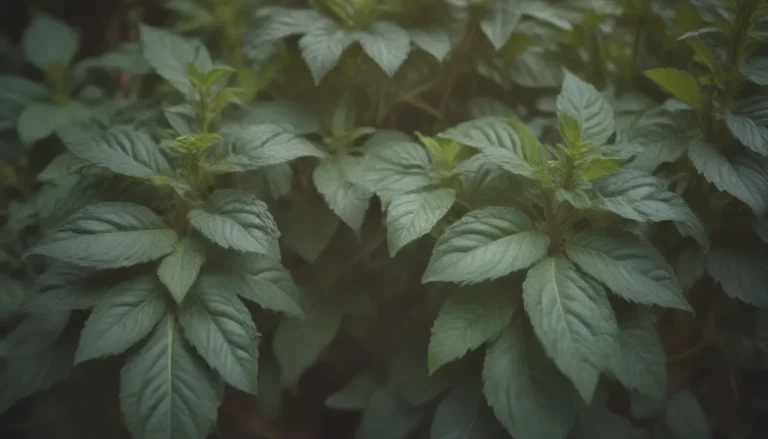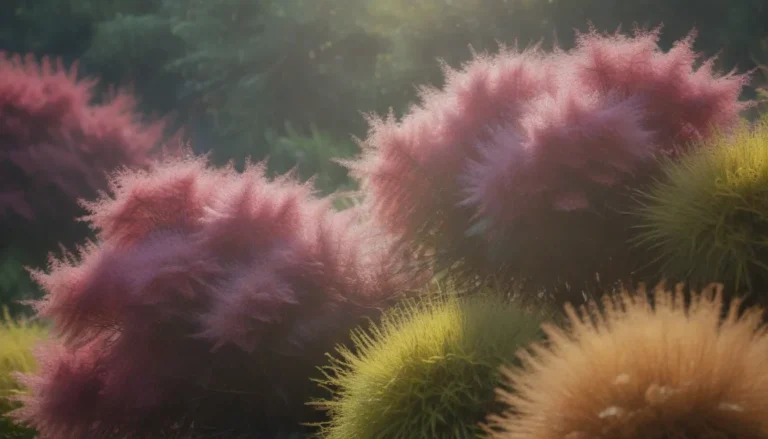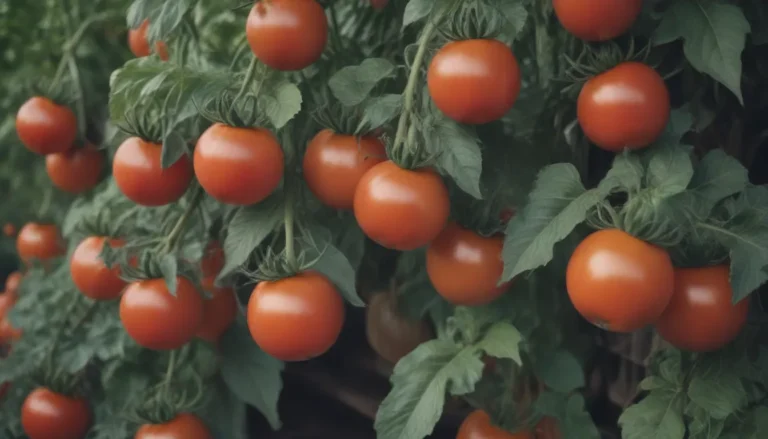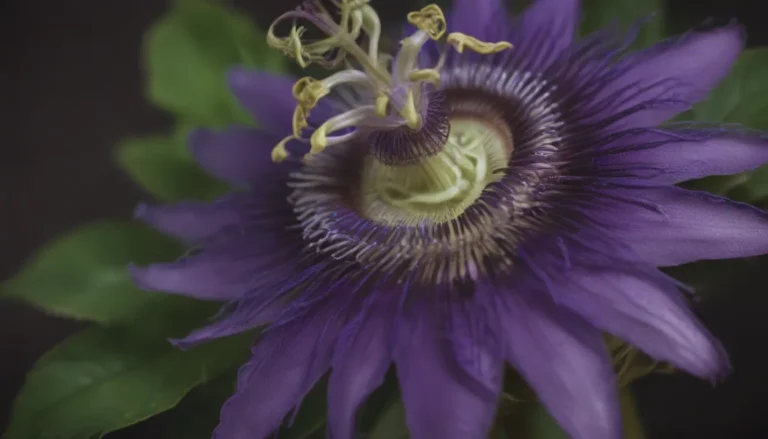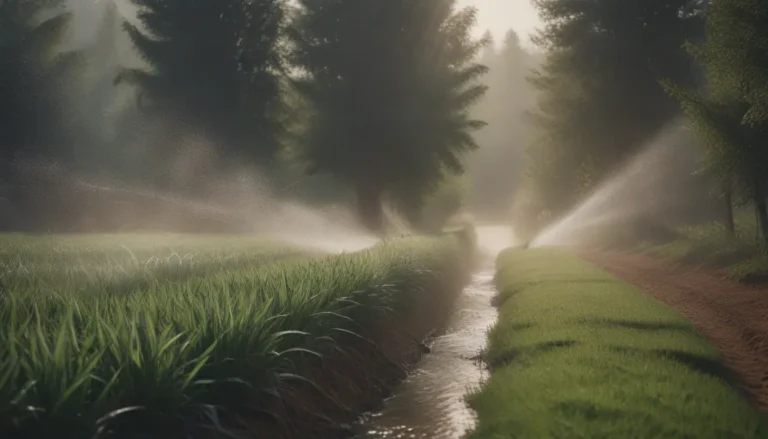The Complete Beginner’s Guide to Growing and Caring for Seagrape (Coccoloba)
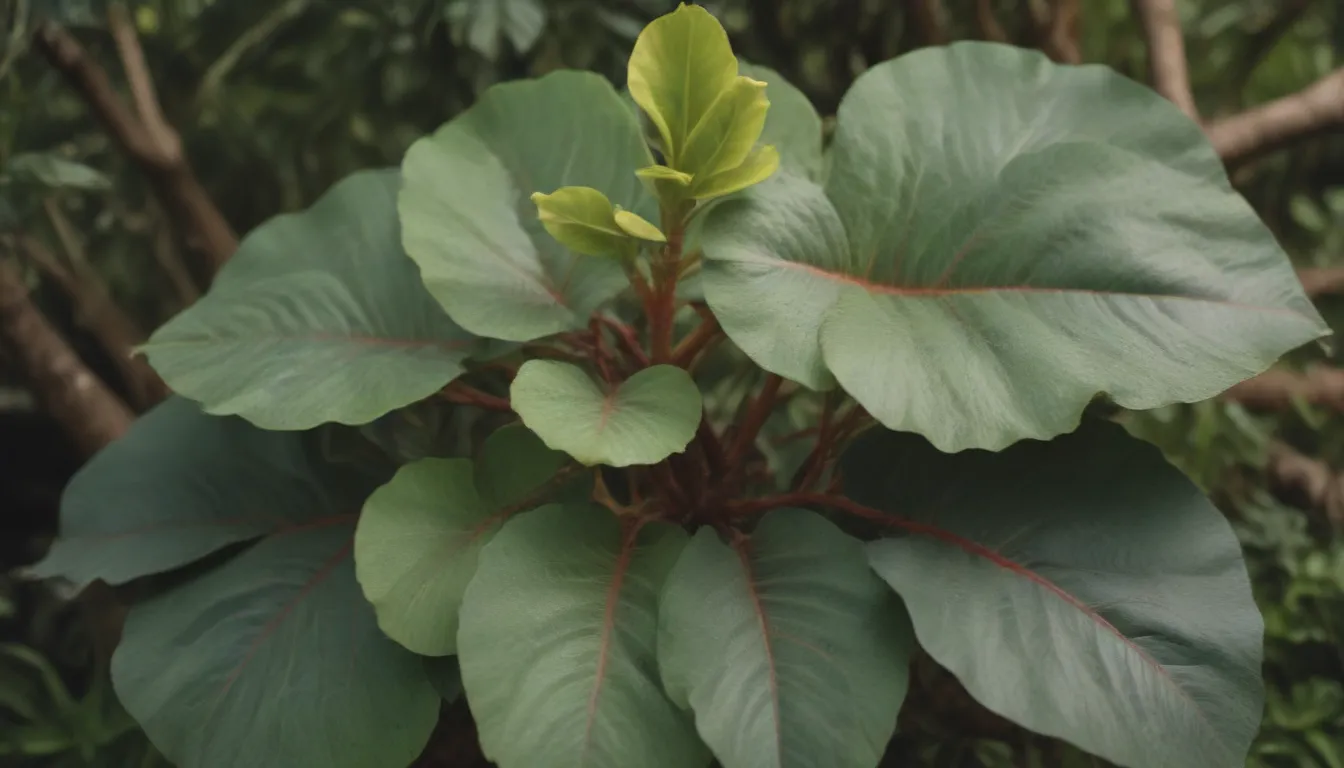
Are you looking to add a touch of the tropics to your garden? Look no further than the beautiful and versatile seagrape plant, also known as Coccoloba. With its vibrant foliage, unique fruit clusters, and easy care requirements, the seagrape is a popular choice for gardeners in tropical regions. In this comprehensive guide, we’ll cover everything you need to know to successfully grow and care for your very own seagrape plant.
The Fascinating World of Seagrape
The seagrape, scientifically known as Coccoloba uvifera, is a member of the Coccoloba genus, which includes over 150 species of plants. However, the seagrape is by far the most commonly grown species, prized for its lush foliage and eye-catching fruit clusters. Native to the tropical Americas, from South America to South Florida, this fast-growing shrub is a favorite among gardeners for its ornamental value and resilience in coastal environments.
Characteristics of Seagrape
- Seagrape is a dioecious plant, meaning each specimen grows both male and female flowers and can self-pollinate.
- Its foliage is deep green and glossy, with variegated leaves that can reach up to 10 inches in length, turning a beautiful orange hue as they mature.
- The most striking feature of the seagrape is its clusters of fruit, which transition from green to purple as they ripen and dangle from the branches.
- Thanks to its tolerance of wind and salt, the seagrape thrives in coastal regions and can be pruned into a charming ornamental shrub.
Essential Care Tips for Seagrape
Light Requirements
- Seagrape thrives in tropical sun but can also tolerate moderate shade.
- Ensure your plant receives plenty of sunlight to promote healthy growth and fruit production.
Soil Considerations
- Sandy soil is ideal for seagrape, but it can adapt to a range of soil conditions.
- Ensure good drainage to prevent waterlogging and root rot.
Watering Needs
- Seagrape is drought-tolerant once established but may require regular watering if grown in a container.
- In tropical areas with ample rainfall, additional watering may not be necessary.
Temperature and Humidity
- Seagrape requires warm temperatures to thrive and is not frost-tolerant.
- Protect your plant from temperatures below 32 degrees Fahrenheit to prevent damage.
Fertilization Practices
- If planted in low-nutrient soil, seagrape can benefit from a complete fertilizer like 8-8-8.
- Otherwise, the plant can thrive without frequent fertilization.
Different Varieties of Seagrape
- ‘Grandleaf Seagrape’ (C. pubescens): A unique variety with distinct characteristics and growth habits.
- ‘Pigeonplum’ (C. diversifolia): Another option for gardeners looking to diversify their seagrape collection.
Pruning Techniques for Seagrape
- Seagrape responds well to pruning and should be kept in check to maintain its desired shape.
- Regular watering and proper maintenance will help your plant reach its full potential.
Propagation Methods
- Seagrape can be propagated easily from seeds or cuttings.
- When propagating from cuttings, ensure they are kept moist in a sunny location with good drainage.
Growing Seagrape from Seed
- Gather seeds from ripe, purplish-black fruit and clean them thoroughly to prevent mold.
- Plant seeds in a mixture of sand and compost, water lightly, and provide warmth and sunlight for germination.
Potting and Repotting Tips
- Seagrape can be grown in a pot before being transferred to the ground.
- Repotting is only necessary for very young plants with root protrusion.
Overwintering Concerns
- During the winter months, keep your seagrape in full sun to ensure continued growth and health.
- Despite potential leaf drop, your plant will recover once temperatures increase.
In conclusion, the seagrape plant is a remarkable addition to any tropical garden, offering beauty, resilience, and delectable fruit clusters. By following the care tips outlined in this guide, you can successfully grow and enjoy your very own seagrape plant. So, why wait? Start your seagrape journey today and watch as this stunning plant transforms your outdoor space into a tropical paradise.
